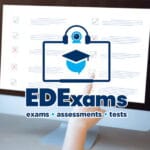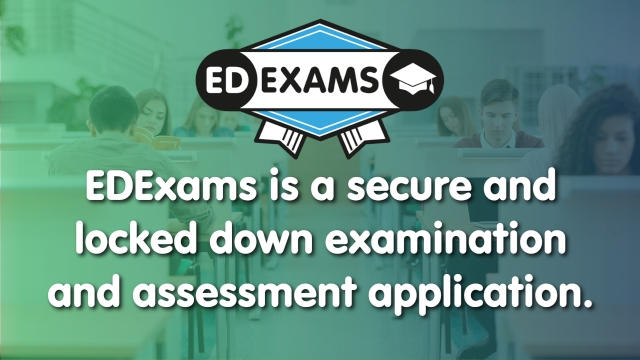Teachers are constantly aware of exams, whether they’re approaching at speed or looming on the horizon.
Preparing students for sitting those exams is a key element of any teacher’s responsibility that includes more than simply delivering the knowledge they need to pass.
Students must be prepared in ways that transcend the actual curriculum because knowledge is only one part of the examination puzzle.
What’s the structure of your subject examinations?
One thing that helps students immensely is knowing what to expect when they open the paper.
Past papers and mocks help with this, of course, but reiterating the structure and how many marks each part of the paper is worth helps focus their minds on the most important elements.
Along with this, there are some exams that are focused on brief answers that are either right or wrong while extended writing questions are more difficult for students to structure effectively.
A SecEd analysis based around one school’s experience with extended questions in Science highlights that:
Some candidates had a tendency to rewrite the information in the question or fail to answer the question actually set.
As such they recommended that schools train candidates in strategies such as highlighting significant words in the question to enable them to structure their answer around those points.
So, understanding how to structure their knowledge effectively is as big a part of success as learning about the structure of the paper.
Techniques matter as much as knowledge
A student that knows the syllabus but can’t apply it to an examination will be a frustrated one.
Teachers can help by offering a variety of exam techniques to their classes, enabling pupils to save time during the exam and know what’s expected. Try things like this:
- Analyse what different words such as “describe”, “compare” and “explain” mean in the context of your subject. Knowledge refreshers and tests that take place periodically can be used to demonstrate these differences. AQA has a good resource that encourages teachers to explain different words to pupils.
- Go through the idea of linked questions and how to approach them.
- Encourage them to draw diagrams and charts to order their ideas even when the topic doesn’t necessarily call for it. This can help them identify important elements and make sure they hit those points during their answer.
- Highlight bold print and use it within your own tests and handouts. The information printed in bold on exam papers is the key to answering the right number of questions, so students need to read that information first.
Stick to your schedule
You expect your pupils to make a revision schedule and stick to it.
With that in mind, ensure that your own teaching and class revision schedule is freely available and that you can explain why you’re revising those points and not others. That sort of clarity on your side can prepare them to apply the same sort of clarity to their own revision techniques.
Ultimately, you can’t sit the exam for them, but you can teach the techniques that will get them through it. Knowledge isn’t everything – strategy counts for a lot too.











